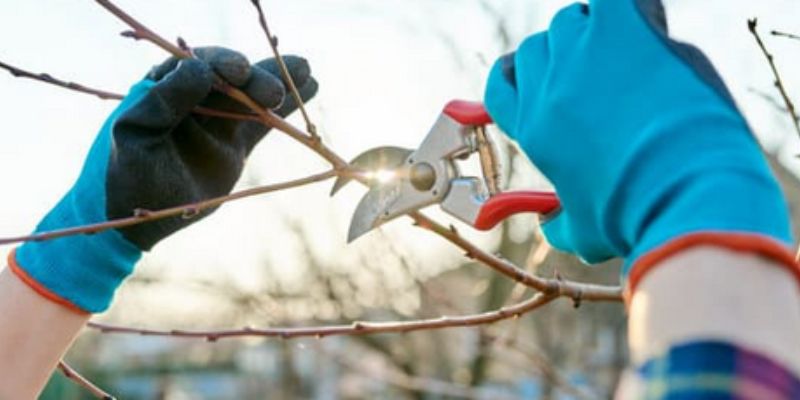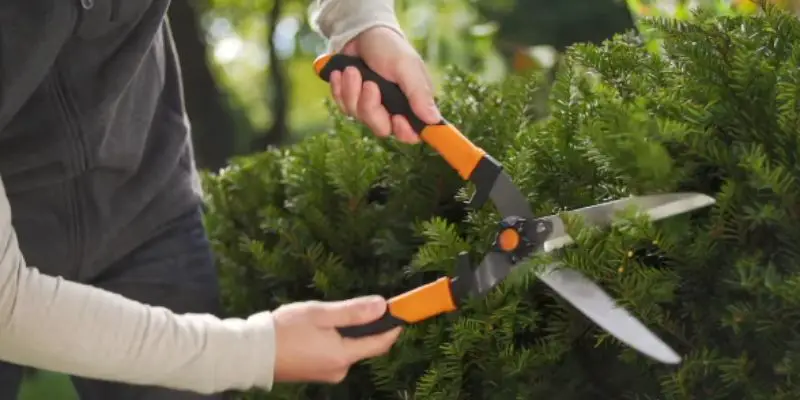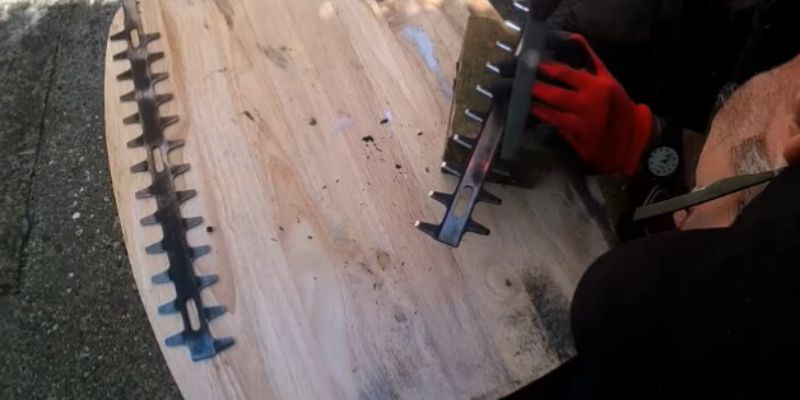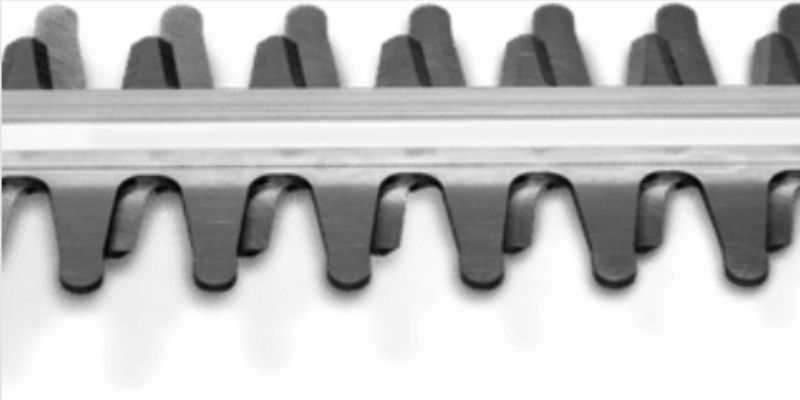If you’re a gardener, landscaper, orchardist, or anyone who needs to trim plants, pruning shears are an essential tool. With the wide variety of styles and brands available, it can be confusing to figure out which secateurs are the right ones for your purposes. This comprehensive guide will walk you through everything you need to know about how to choose pruning shears for your needs.
What are Pruning Shears?
Pruning shears, also known as hand pruners or secateurs, are scissors-like tools used for trimming live plant material. They make clean, precise cuts that promote quicker healing than tearing or ripping branches by hand. Pruning shears come in a range of types, sizes, and price points. While cheap pruners under $20 may seem tempting, they often don’t make clean cuts and can damage plants. Investing in a quality pair around $30-60 will give years of smooth cutting performance.
When selecting pruning shears, match the tool’s design and cutting capacity to the pruning tasks you need to perform. Consider the thickness and woodyness of the stems you’ll be cutting, how often you’ll use the shears, and ergonomic features for comfort. This guide covers the common styles of pruning shears, how to evaluate quality and cutting ability, and tips for choosing the right pair for your gardening needs. Let’s get started!
Types of Pruning Shears
There are three main styles of pruning shears to choose from:
Bypass Pruners
Bypass pruners have two blades that pass each other, like scissors. A sharp cutting blade slices against a thicker stationary blade. They make very clean, close cuts on green stems up to 3⁄4 inches thick. Bypass pruners are ideal for delicate pruning of flowers, vegetables, and young trees.
Anvil Pruners
Anvil pruners have a sharpened blade that presses against a flat “anvil” surface. They are better suited for cutting thicker, woody branches up to 1 1⁄4 inches. Anvil pruners tend to crush stems more than bypass pruners. However, the anvil design provides more cutting force with less hand strength needed.
Ratchet Pruners
Ratchet pruners have a mechanism that increases leverage to multiply cutting power. A ratchet secateur can cut branches up to 1 1⁄2 inches thick with just a squeeze of the handles. The ratchet action requires less grip strength than a standard anvil pruner. Ratchet pruners are a good choice for people with arthritis or hand weaknesses.
Now that you know the main styles, let’s go over factors to evaluate when choosing between different models.
How to Choose Pruning Shears – Key Features to Consider
Within the bypass, anvil, and ratchet categories, pruning shears vary significantly in quality and price. Here are the key features to compare when choosing a pair:
1. Blade Quality
The quality of the steel and blade coating determines sharpness retention and durability. High carbon steel blades resist nicks better and hold an edge longer than cheaper low carbon steel. Coated or treated blades resist sap and moisture. Look for tempered, hardened steel blades with non-stick or rust-resistant coatings.
2. Cutting Mechanism
The design and precision of how the blades align affects cutting performance. Tight tolerances between moving parts and smoothly ground bevels give the cleanest cuts. Avoid loose joints with wobbles or poor alignment.
3. Handle Comfort
Pruning shears should feel comfortable and secure in your hand. Rubberized, textured grips prevent slippage. Padded handles with finger grooves provide a comfortable, ergonomic hold and reduce hand fatigue.
4. Weight Distribution
Well-balanced pruning shears feel lighter in your hand. Quality materials add weight to the blades instead of the handles. This places the tool’s center of gravity closer to the cutting edge for easier control.
5. Locking Mechanism
A locking device keeps the blades closed when not in use. Look for a sturdy lock that won’t release accidentally. Quick release locks allow faster storage compared to sliding sleeve locks.
6. Replaceable Parts
Models with replaceable or interchangeable blades, springs, and other wear components have longer lifespans. Avoid models permanently riveted together where the whole tool must be discarded if any part fails.
Now that you know what to look for, let’s compare popular pruning shear options for different gardening tasks.
Pruning Shears Recommendations by Use
Here are the best styles of pruning shears to consider for common gardening, landscaping, and orchard uses:
Delicate Pruning – Florists & Gardeners
For light pruning of flowers, vegetables, and thin stems, bypass pruners make the cleanest cuts without crushing. Look for:
- Sharp, precision ground blades
- Lightweight aluminum handles
- Cutting capacity up to 3⁄4 inch diameter
General Purpose – Shrubs & Bushes
An all-around pruning shear for maintenance of ornamental trees, shrubs, and hedges. Bypass pruners with reinforced blades or anvil pruners in the 1 inch cutting range are suitable. Look for:
- Sap grooves – prevent sticking
- Ergonomic handles
- Durable coatings
Thick Stems – Fruit Trees & Vines
For cutting thicker, woody branches on fruit and nut trees, grapevines, etc. up to 2 inches thick. Ratchet pruners provide extra leverage and power. Look for:
- Gear or compound lever mechanisms
- Rubber shock absorbers
- Replaceable blades
Extended Use – Landscapers & Orchardists
All day pruning requires comfort and efficiency. Ratchet pruners reduce hand strain. Anvil pruners are sturdier for high volume cutting. Look for:
- Large, padded handles
- Low effort cutting action
- Durable hardened steel
This covers the major factors to evaluate when choosing between pruning shear models for different horticulture applications. Keep reading for tips on proper use and maintenance.
Using and Caring for Secateurs
To get the best performance and longevity from your pruning shears, follow these usage and care guidelines:
- Keep blades sharp – Sharpen regularly with a diamond file or whetstone. Replace heavily worn blades.
- Clean after each use – Remove sap and debris with warm water. Dry blades thoroughly.
- Oil joints – Apply light machine oil or mineral oil to pivot points. Avoid over-oiling.
- Adjust tension – Ensure blades have proper alignment and spring tension. Tighten or replace worn parts as needed.
- Store safely – Keep in a wall mount or tool belt holster. Never leave on the ground. Wipe before storage.
- Avoid soil contact – Keep cutting edges free of grit and dirt to prevent nicks and rust.
- Cut at proper angles – Position blades to avoid hitting branches or hands. Make cuts 1⁄4 inch above buds.
With proper selection, care, and technique, a good set of pruning shears can last over 10 years. Investing in a quality pair and maintaining them well will reward you with easy, healthy plant shaping for countless seasons to come.
Conclusion
Pruning shears are essential tools for gardeners, landscapers, and orchardists. With bypass, anvil, and ratchet designs available, it’s important to choose the right style and cutting capacity for your pruning needs. Seek out durable high carbon steel blades with quality locking mechanisms, replaceable parts, and ergonomic handles.
Brands like Felco, Corona, Fiskars, Okatsune, and ARS make excellent professional grade pruning shears built to last. Care for your investment by cleaning, oiling, and sharpening your pruners regularly. With this advice on how to choose pruning shears, you can confidently choose and use pruning shears to make gardening and plant care tasks much easier.

Michael Glenn is a certified arborist and horticultural expert with over 15 years of experience in the landscape industry. His passion for plants and trees has led him to become a sought-after authority on pruning and trimming techniques. Glenn’s in-depth knowledge of proper pruning methods, timing, and tools has helped countless homeowners and professionals maintain healthy, aesthetically pleasing gardens and landscapes.
In addition to sharing his pruning expertise through practical tips, step-by-step guides, and expert advice, Glenn is also a respected author of pruning tool buying guides. His comprehensive reviews and comparisons ensure readers can make informed decisions when investing in quality loppers, pruning shears, saws, and other essential equipment. With a deep understanding of plant biology and sustainable practices, Glenn’s writing empowers audiences with the knowledge needed to properly care for green spaces.




